In user experience (UX) design, the union of design and functionality is extremely important since it influences how customers use goods and see businesses. The aesthetic-usability effect, a phenomenon that emphasizes the strong impact of visual appeal on user happiness and functionality perception, is at the center of this dynamic.

The aesthetic-usability effect posits that users are more likely to perceive aesthetically pleasing designs as more usable and effective, even when the core functionality remains unchanged. This principle underscores a fundamental truth: beauty enhances usability. Whether it’s the sleek curves of a luxury car’s dashboard or the intuitive layout of a smartphone app, aesthetics plays a pivotal role in shaping user perceptions and driving engagement.
Applying the Aesthetic-Usability Effect: Strategy and Implementation
Crafting experiences that seamlessly blend aesthetics and usability requires a strategic approach—one that considers the nuances of user behavior, industry standards, and brand identity. This strategic application of the aesthetic-usability effect hinges on understanding when and where to integrate aesthetic elements into the design process without compromising functionality.
In essence, the strategy behind leveraging the aesthetic-usability effect revolves around striking a delicate balance between form and function. It’s about creating visually captivating experiences that not only delight users but also serve a practical purpose. This approach extends beyond surface-level aesthetics, delving into the psychology of design to foster meaningful connections with consumers.
Businesses must first determine the precise environment in which their goods or services will be used to apply this approach effectively. For example, integrating aesthetically pleasing features may be a potent strategy for drawing attention and building loyalty in sectors like technology and fashion where user engagement and brand distinctiveness are crucial. On the other hand, in industries like healthcare or finance where consumers value dependability and credibility above all else, aesthetics must work in concert with functionality to inspire customer confidence.
By understanding the strategic nuances of the aesthetic-usability effect, businesses can craft experiences that captivate users from the outset, driving increased satisfaction, loyalty, and brand advocacy. Now, we’ll delve into five brands that exemplify the effective application of this principle, offering actionable insights that businesses of all sizes can apply to their endeavors. Through these examples, we’ll uncover the transformative power of aesthetics in shaping user perceptions and driving business success.
Read more about the Role of aesthetics in making a brand successful:

Brands that Utilize the Aesthetic-Usability Effect
Tesla – Blending New Ideas with Beautiful Design
Tesla, led by its leader Elon Musk, changed how cars are made. They care about the environment, make new things, and have stylish designs. Since it started, Tesla has not only made electric cars popular but also became known for luxury, good performance, and advanced technology.
- Design philosophy: Form and Function Come Together
A fundamental component of Tesla’s design ethos is the smooth coexistence of form and function. Tesla has perfected the art of creating a harmonic balance between the two, in contrast to traditional manufacturers that frequently place a higher priority on aesthetics than on usefulness or vice versa.
Clean lines, smooth surfaces, and aerodynamic curves define the futuristic but minimalist look of Tesla automobiles. Every Tesla car, from the more expensive Model 3 and Model Y to the more sophisticated Model S sedan, emanates refinement and beauty.
Learn how to revitalize your brand aesthetics:
- Sparkling Exterior
Tesla vehicles are notable for their streamlined design, which improves both their aerodynamic efficiency and aesthetic appeal. Tesla cars have a sleek and contemporary appearance because of their flush door handles, streamlined body, and lack of a typical grille.
- Elegant Interior Design
You’ll notice the opulent yet simple interior design as soon as you step inside a Tesla. Tesla’s clean dashboard design, high-quality materials, and roomy touchscreen display all showcase the brand’s minimalist interior design philosophy. The enormous touchscreen infotainment system, which effortlessly combines entertainment, navigation, vehicle settings, and more into an intuitive interface, is the focal point of every Tesla.
Learn the importance of minimalism in design:
- Improving Design for Usability
Even while Tesla makes unquestionably attractive cars, the usability improvements that improve the driving experience complement their aesthetic appeal. For instance, Tesla’s Autopilot function uses cutting-edge sensors and cameras to enable semi-autonomous driving, improving consumer comfort and safety. Additionally, Tesla’s over-the-air software upgrades consistently add new functions and enhancements, guaranteeing owners always have access to the newest features and technology. Tesla has been able to hold onto its leadership position in the automobile sector because of its dedication to innovation and customer experience.
- Brand Image: Transforming Environmental Accountability and Elegance
Apart from its innovative technologies and chic looks, Tesla has established a distinct brand identity centered around luxury, sustainability, and progressive values. Tesla has gained a committed following of environmentally conscientious customers who share the company’s future mission by setting the standard for sustainable mobility.
The Tesla brand now encompasses energy items such as solar panels, solar roofing, and energy storage systems in addition to automobiles. Tesla has made a name for itself as a pioneer in the quest for a cleaner, greener future by offering a wide range of sustainable energy options.
- Advancing Creativity with Visual Brilliance
Based on the discussion, we can say that Tesla’s success may be ascribed to its persistent dedication to aesthetic perfection as well as its ground-breaking technology and environmental mindset. Tesla has produced automobiles that not only astonish the senses but also offer unmatched performance, safety, and user experience by skillfully fusing form and function.
One thing is certain: aesthetics will always be crucial in determining how transportation is shaped in the future as Tesla pushes the envelope of innovation and reshapes the car industry. Tesla has revolutionized the way we think about electric vehicles and raised the bar for automotive excellence with its unwavering pursuit of design perfection.
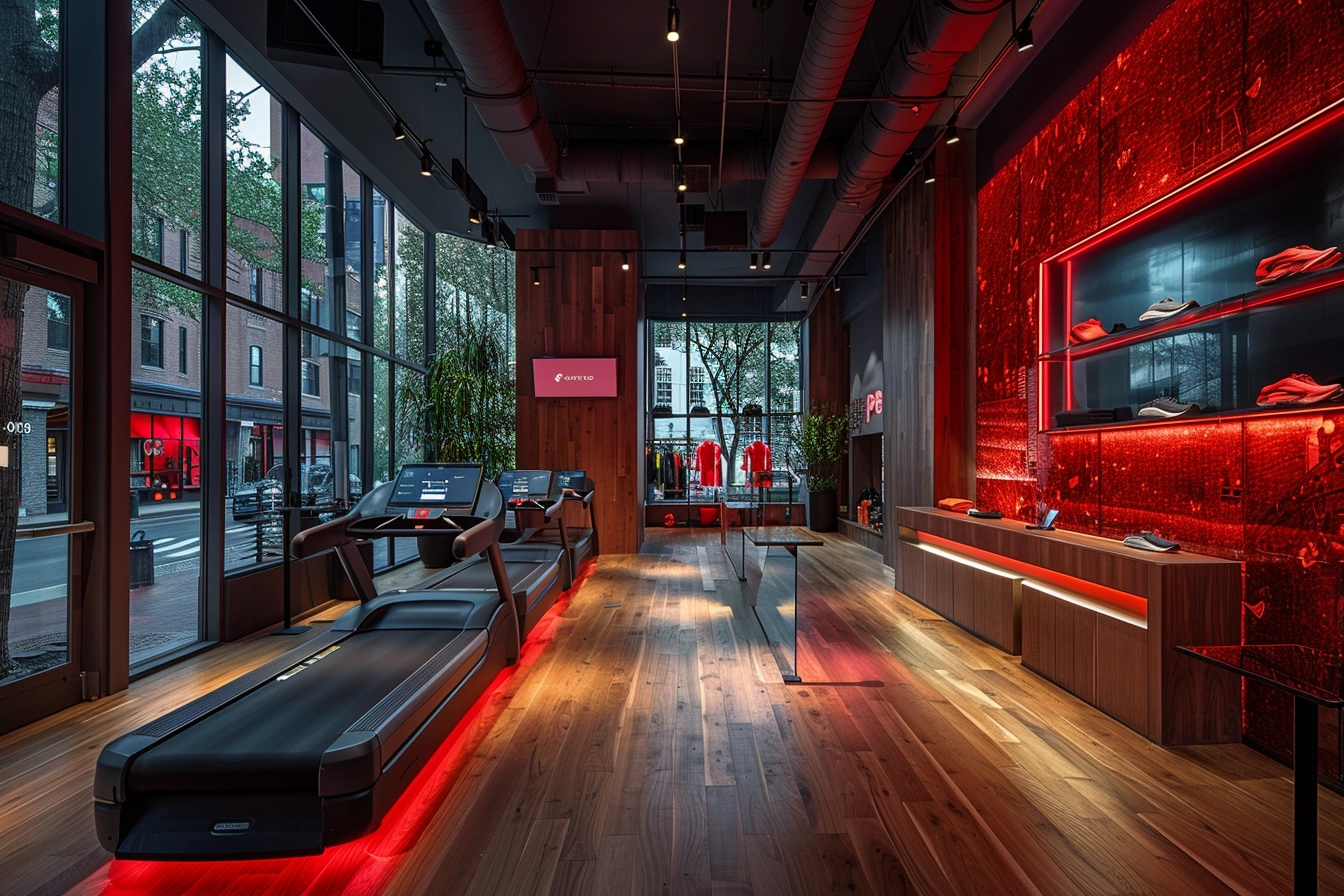
Airbnb – Crafting Memorable Experiences through Visual Delight
In the realm of hospitality, few brands have made as profound an impact as Airbnb. Founded in 2008 by Brian Chesky, Joe Gebbia, and Nathan Blecharczyk, Airbnb has disrupted the traditional hotel industry by offering travelers unique and immersive accommodation experiences around the world. Central to Airbnb’s success is its ability to leverage the aesthetic-usability effect to create visually captivating platforms that inspire wanderlust and facilitate seamless booking experiences.
- Design Philosophy: Using Visual Storytelling to Arouse Emotion
The idea of arousing emotion through visual storytelling is key to Airbnb’s design philosophy. Airbnb prioritizes gorgeous photography and engaging content that takes customers to far-off places on both its website and mobile app. Airbnb’s visually rich website lets consumers picture themselves in their ideal lodgings, whether it’s a trendy apartment overlooking the city skyline, or a cozy cottage tucked away in the woods. This creates a sense of excitement and expectation.
Dive into the storytelling techniques to elevate your brand strategy:
- Immersive Imagery
One of Airbnb’s most notable design elements is its use of high-quality imagery to showcase listings in exquisite detail. Each property listing features a curated selection of photographs that highlight its unique features, amenities, and surroundings. By showcasing properties in their best light, Airbnb creates an emotional connection with users, compelling them to explore further and ultimately book their stay.
- Sensational User Interface
Airbnb places a high value on accessibility and usefulness in addition to its aesthetically pleasing design to guarantee that consumers have a flawless booking experience. Through useful filters, search options, and suggestions, the platform’s user-friendly layout walks consumers through the booking process. With Airbnb’s user-friendly design, consumers can easily locate the ideal place to stay, regardless of whether they are searching for a certain area, date, or kind of accommodation.
- Customization and Suggestions
The emphasis Airbnb places on suggestions and personalization is another important component of its design approach. Airbnb provides consumers with personalized suggestions by utilizing machine learning algorithms and data analytics to analyze their browsing history, prior bookings, and preferences. Airbnb aims to provide a customized experience for every customer, whether that means recommending apartments that are like ones they have already been in or emphasizing well-liked locations based on their interests.
- Participation in the Community
In addition to its platform design, Airbnb’s social features and user-generated content help to create a feeling of community and belonging among its users. Users may discover more about the people they’ll be staying with thanks to host profiles, guest ratings, and interactive maps, which promote authenticity and trust among Airbnb users.
- Brand Identity: Redefining Travel and Hospitality
Through its innovative design and user-centric approach, Airbnb has redefined the way people travel and experience new destinations. By democratizing travel and opening a world of unique accommodations, Airbnb has empowered travelers to explore beyond the beaten path and forge meaningful connections with locals around the globe.
- Designing Experiences That Inspire
Hence, Airbnb’s success is a testament to the power of design in shaping user perceptions and driving engagement. By leveraging the aesthetic-usability effect to create visually stunning platforms that evoke emotion and inspire wanderlust, Airbnb has transformed the way people travel and experience new destinations. As the hospitality industry continues to evolve, Airbnb’s commitment to design excellence and user-centric innovation will undoubtedly remain at the forefront, shaping the future of travel for years to come.
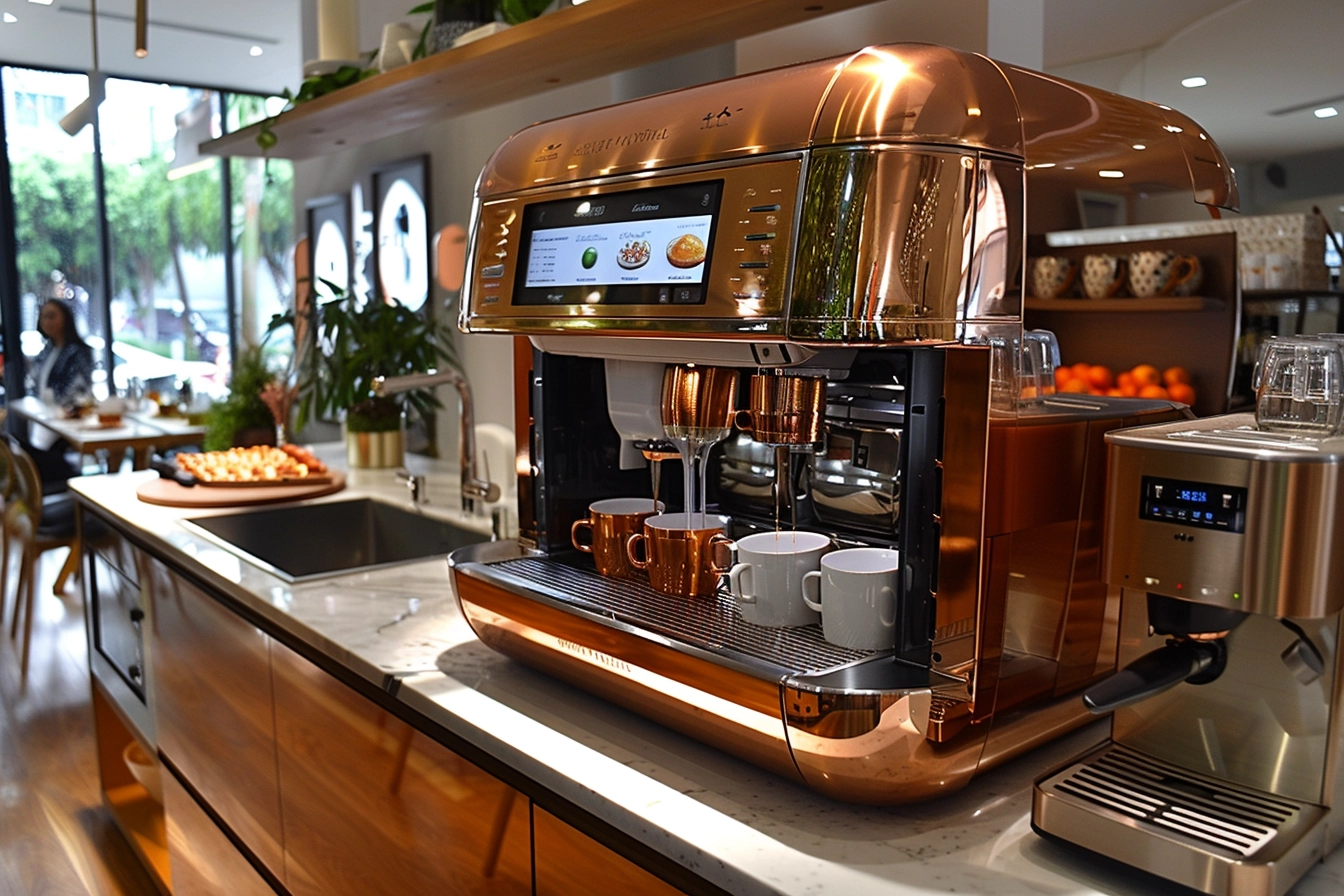
Dyson – Innovating Home Appliances with Style and Substance
Dyson, a global leader in innovative home appliances, has consistently set itself apart through its commitment to cutting-edge technology, sleek design, and uncompromising performance. Founded by Sir James Dyson in 1991, the company has revolutionized traditional household products, from vacuum cleaners to air purifiers, by combining aesthetic excellence with functional superiority.
- Design Theory: Function Comes First
Dyson’s design philosophy is based on the idea that form should come after function. Dyson ensures that every design aspect has a functional purpose by integrating aesthetics into the heart of its product development process, as opposed to treating design as an afterthought. Products created using this method have amazing looks in addition to having outstanding performance and usefulness.
Check out the latest design trends in branding:
- Iconic Aesthetic
Products from Dyson are easily identifiable thanks to their streamlined, futuristic design. The unique ball-shaped Hoover cleaners and bladeless fan air purifiers are only two examples of how Dyson’s products are distinguished by their daring and avant-garde designs. Dyson has developed a visual language that conveys modernism, elegance, and technical development by rejecting conventional design standards.
- Novel Qualities
In addition to their eye-catching design, Dyson devices have several cutting-edge innovations that improve customer convenience and use. For instance, Dyson’s Hoover cleaners have strong suction technology and cutting-edge filtration systems that efficiently collect dust and allergens, simplifying cleaning. In a similar vein, Dyson offers air purifiers with HEPA filtration, air multiplier technology, and sophisticated sensors to improve indoor air quality.
- User Focused Design
Dyson emphasizes designing products that cater to the needs of users ensuring they are intuitive and easy to operate. Whether it’s the handle of a vacuum cleaner or the user-friendly controls of an air purifier, Dyson prioritizes user experience by considering factors like comfort, convenience, and accessibility.
- Sustainability and Longevity
Apart from their appearance and performance Dysons products are also crafted with sustainability and durability in mind. By utilizing top-notch materials and creating products built to withstand the test of time Dyson minimizes their impact while reducing the need for replacements. Additionally, Dyson offers repair and recycling services to extend the lifespan of their products and contribute towards waste reduction.
- Brand Identity: Leading Edge Design and Innovation
Known for pushing the limits of what’s possible in the home appliance market, Dyson has made a name for itself as a symbol of innovation and creative brilliance. Through persistently pushing the boundaries and questioning industry standards, Dyson has cemented its standing as a global market leader and dependable brand among customers.
- Enhancing Living at Home with Innovative Design
Dyson’s success is evidence of how innovative design can turn commonplace items into desirable ones. Dyson has developed a line of household appliances that not only have a stunning appearance but also offer outstanding performance and usefulness by skillfully fusing form and function. Dyson will surely stay at the forefront of innovation and continue to shape home life for future generations as it pushes the frontiers of design and technology.
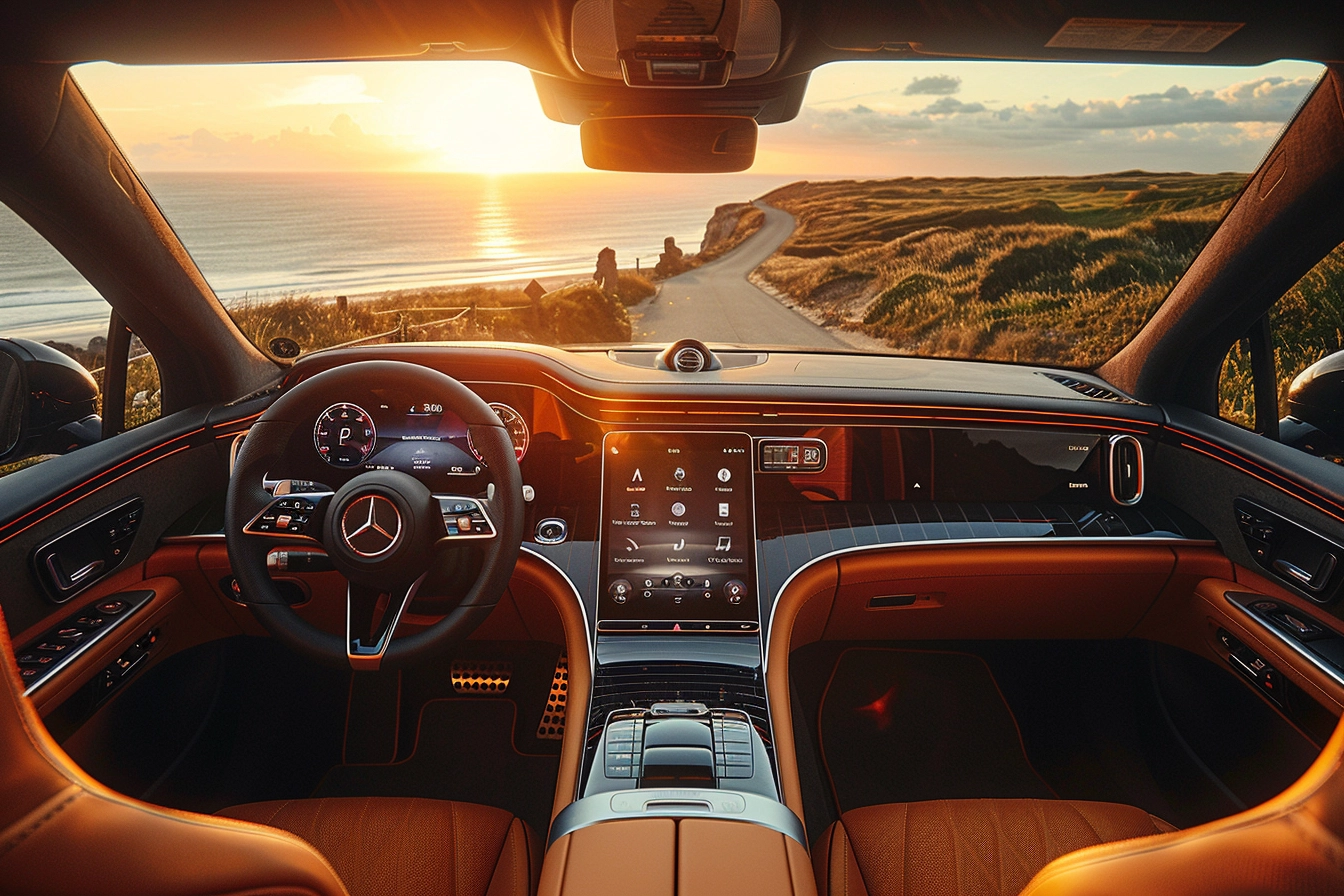
Peloton – Revolutionizing Fitness with Immersive Design
Peloton, the fitness industry disruptor founded in 2012 by John Foley, has redefined the way people engage with exercise through its innovative blend of technology, community, and immersive design. With its flagship product, the Peloton Bike, and its accompanying digital platform, Peloton has garnered a dedicated following of fitness enthusiasts who swear by its ability to deliver challenging workouts in the comfort of home.
- Integrating Form and Function in Design
The core of Peloton’s design concept is the smooth fusion of form and function to produce an all-encompassing workout. Peloton puts a lot of effort into designing items that not only look amazing but also improve the training experience for consumers, as shown in the sleek and fashionable design of their exercise equipment and the user-friendly digital platform.
- Modern and Sleek Style
A dedication to clean, contemporary design ideas is at the core of Peloton’s design philosophy. The Peloton Bike radiates refinement and elegance with its sleek design, simple frame, and premium components. Its modern style not only adds flair to any home gym but also maximizes space and reduces clutter, making it easier to use.
- Digital Immersion
Peloton goes beyond products and provides an incredible digital experience through its exclusive app and on-demand classes. The Peloton app has a user interface that gives users access to a range of workout content, like cycling, running, strength training, yoga, and more. Led by top-notch instructors the Peloton app offers on-demand classes that deliver an exciting and invigorating workout experience to traditional fitness studios.
- Participation in the Community
The lively and encouraging user base of Peloton, which gathers to encourage and support one another on their fitness adventures, is essential to the company’s success. Through tools like leaderboards, social sharing, and virtual high-fives, Peloton’s digital platform encourages community participation and enables users to interact with others who share their interests and celebrate accomplishments together.
Get a closer look at the importance of customer feedback in branding:
- Individualization and Tailoring
Peloton recognizes that each user is distinct, possessing distinct fitness objectives, inclinations, and capabilities. To meet the varied demands of its customers, Peloton provides personalized suggestions and customization choices. Whether it’s customizing difficulty levels in a cycling class or selecting an exercise regimen based on predetermined objectives, Peloton gives consumers the tools they need to take control of their health and reach their fitness objectives.
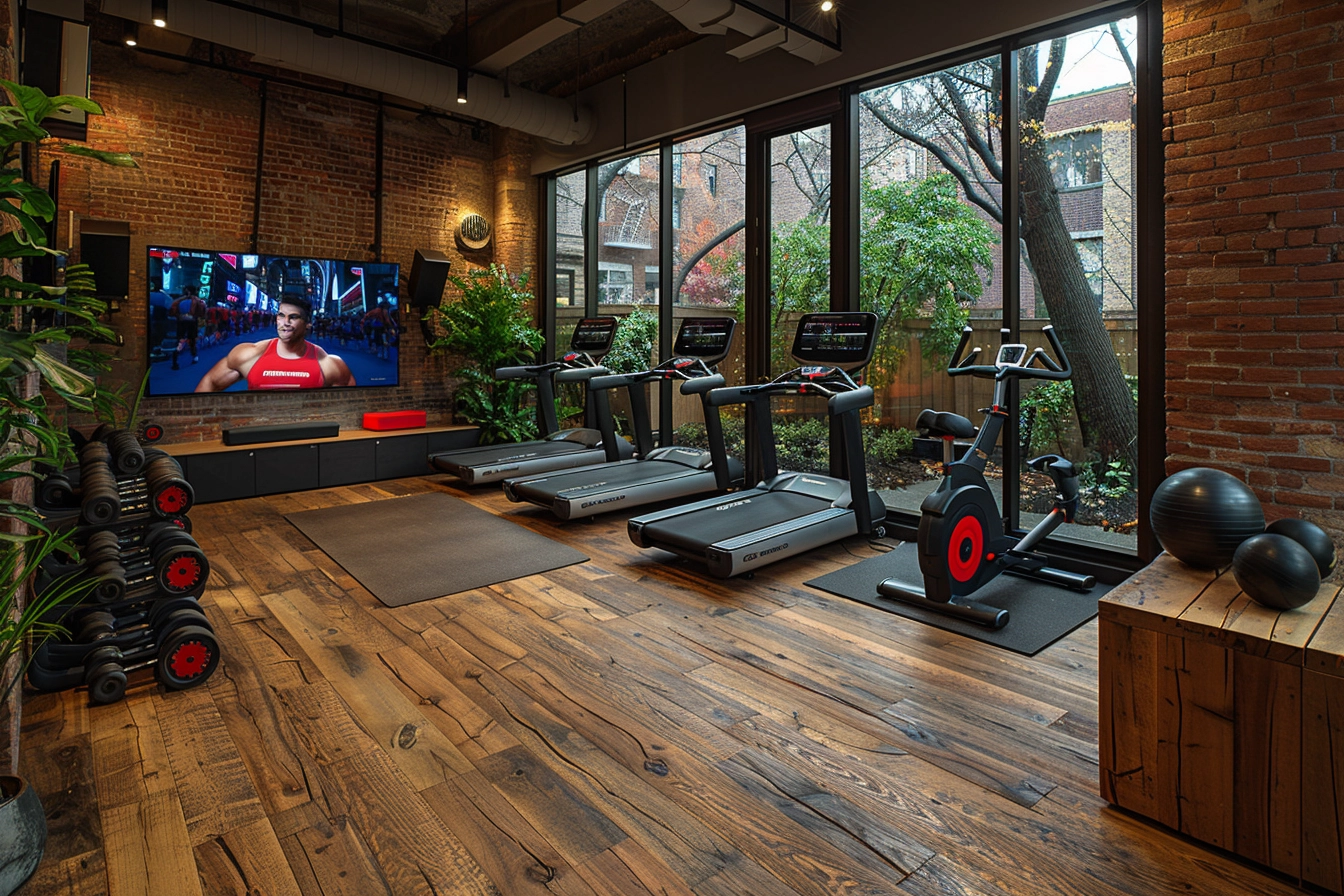
- The brand’s Mission is to Empower Fitness Enthusiasts
Peloton has developed a powerful brand identity that is focused on success, inclusion, and empowerment. By giving customers the resources, encouragement, and support they require to meet their fitness objectives, Peloton has established itself as a reliable companion in the quest for well-being and health. Peloton embraces its users with wide arms, encouraging a sense of community and friendship, regardless of their level of experience.
- Changing Fitness via Innovative Design
Peloton’s success is evidence of how design innovation can completely transform the fitness sector. Peloton is a company that has revolutionized the way people interact with fitness by fusing form and function to produce products that are immersive, fashionable, and more accessible than ever. Peloton will surely continue to be a major player in the fitness industry, motivating millions of customers to lead happier, healthier lives as it develops and broadens its product line.
Warby Parker: Using Style and Accessibility to Disrupt the Eyewear Industry
Established in 2010 by Neil Blumenthal, Andrew Hunt, David Gilboa, and Jeffrey Raider, Warby Parker has created a stir in the eyeglass market with its creative business approach, chic aesthetics, and dedication to social responsibility and affordability. Warby Parker has revolutionized the way consumers buy glasses by fusing a direct-to-consumer business model with elegant design aesthetics, making prescription eyewear more accessible and cheaper than ever.
- Design Philosophy: The Intersection of Accessibility and Style
Warby Parker’s design philosophy is based on the idea that everyone should have affordable, fashionable eyeglasses available to them. Warby Parker aims to provide clients with stylish frames at a significantly lower cost by eliminating intermediaries and optimizing the production process, in contrast to established eyewear businesses that frequently charge outrageous costs for prescription glasses.
- Trend-Setting Designs
Warby Parker’s eyeglasses are well known for their cutting-edge styles that combine traditional elegance with contemporary flair. Warby Parker has a wide variety of choices to fit every taste and personality, from sleek and minimalist designs to round frames with a nod to the nostalgic. Warby Parker keeps its glasses on the cutting edge of fashion by working with leading designers and staying ahead of trends.
- An Online Try-On Experience
Customers may virtually try on spectacles from the comfort of their homes with Warby Parker’s online platform, which is one of its most notable features. Before making a purchase, clients may upload a photo of themselves and view how various frames seem on their faces thanks to augmented reality technology. This cutting-edge function not only improves the online purchasing experience but also gets rid of the uncertainty involved in ordering glasses.
- Program for At-Home Try-Ons
Customers may try on up to five pairs of glasses at home for free with Warby Parker’s Home Try-On program in addition to its virtual try-on experience. By offering this practical and risk-free choice, Warby Parker lowers entry barriers and gives consumers the confidence to make wise purchases. By increasing client happiness and loyalty, this initiative has helped Warby Parker stand out from conventional brick-and-mortar stores.
Discover the strategies for building brand loyalty:
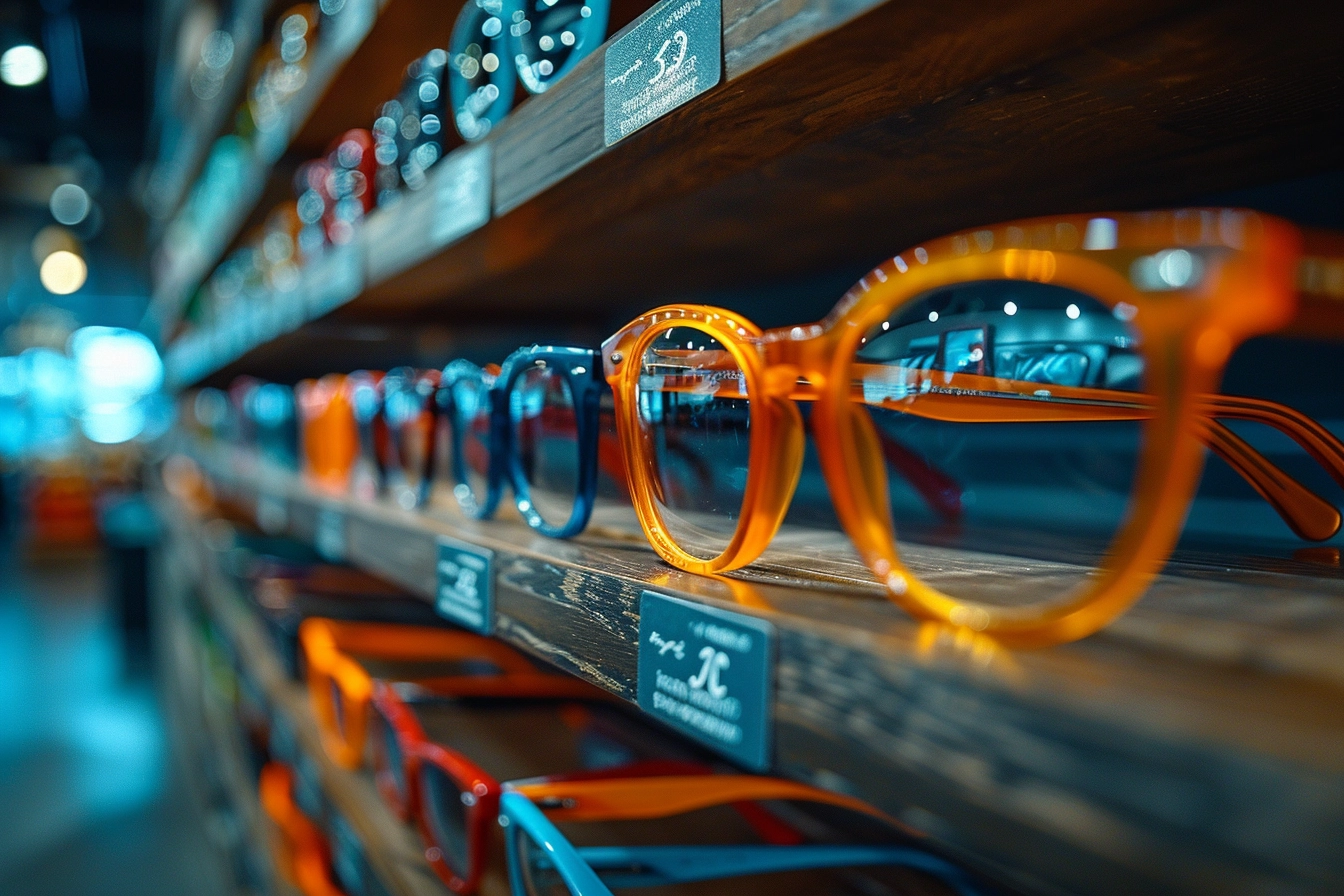
- Social Repercussions
Apart from its pledge to provide affordable and high-quality designs, Warby Parker is also committed to having a good social effect. Through its Buy a Pair, Give a Pair initiative, Warby Parker distributes a pair of spectacles to a person in need for each pair that is sold. In addition to providing underprivileged areas with better access to eye care, this charitable endeavor upholds Warby Parker’s core brand values and appeals to socially aware customers.
- Branding Identity: Encouraging Pioneers
Warby Parker has developed a brand identity that is based on social responsibility, individualism, and empowerment. Warby Parker enables consumers to express themselves via their spectacles and change the world by democratizing access to fashionable eyewear and helping those in need. Customers who wish to support a socially conscious firm or are searching for fashionable frames might find something to like about Warby Parker’s value offering.
- Redefining Eyewear with Innovative Design
In summary, Warby Parker’s success is evidence of how design innovation can upend established markets and give customers more power. Warby Parker has revolutionized the eyeglasses experience by merging style, affordability, and social impact, resulting in a more welcoming, pleasurable, and accessible experience for all. Warby Parker will surely continue to be a trendsetter in the eyewear business, encouraging dreamers to view the world—and themselves—in a completely new light as it pushes the frontiers of design and social responsibility.
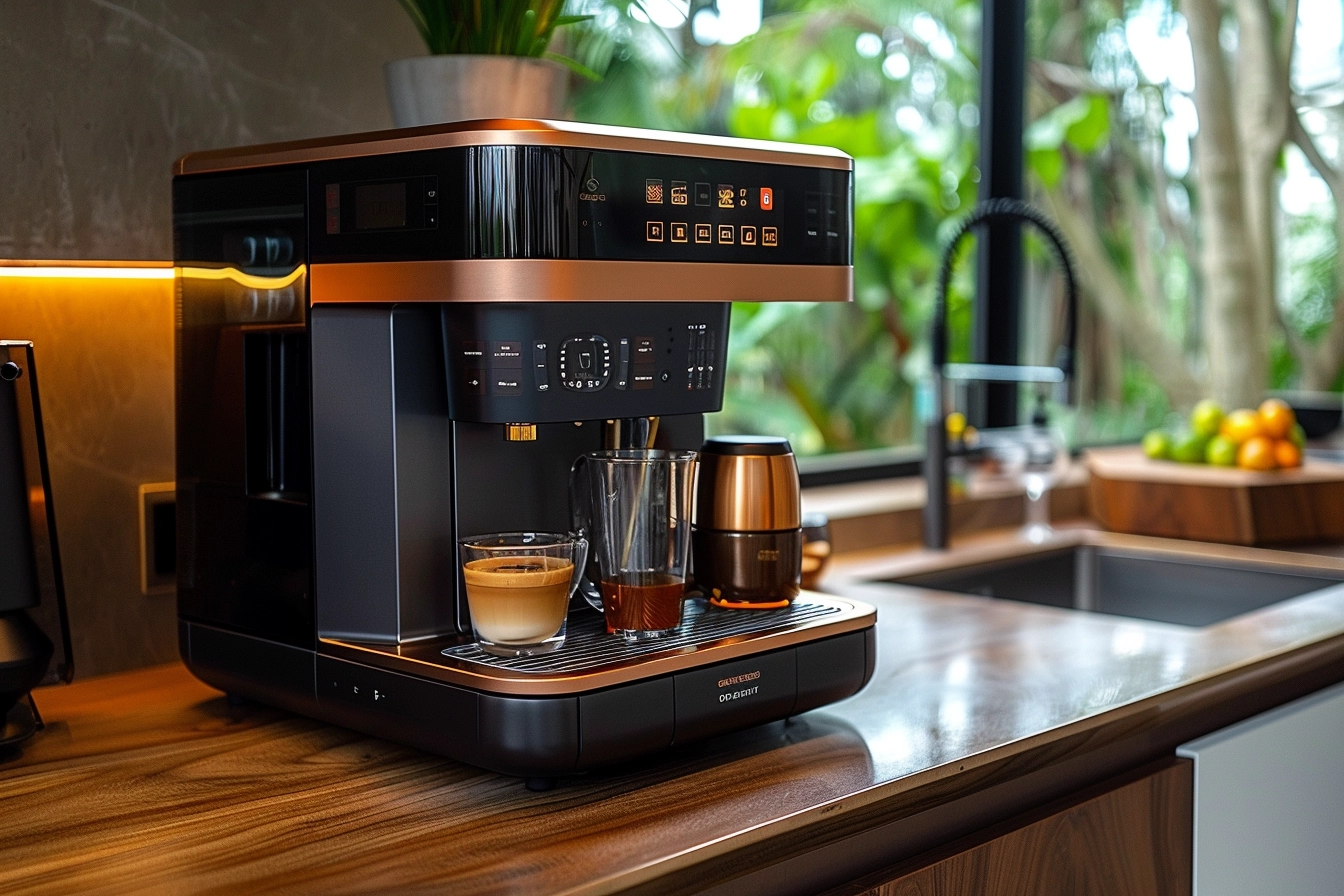
It is clear from examining the business strategies of five different companies—Tesla, Airbnb, Dyson, Peloton, and Warby Parker—that the aesthetic-usability impact is a potent instrument for gaining a competitive edge in the modern market. These firms, which operate in the automobile, hotel, home appliance, fitness, and eyewear sectors, have shown a deep awareness of the ways that aesthetics may improve user experiences, encourage interaction, and improve brand perception.



